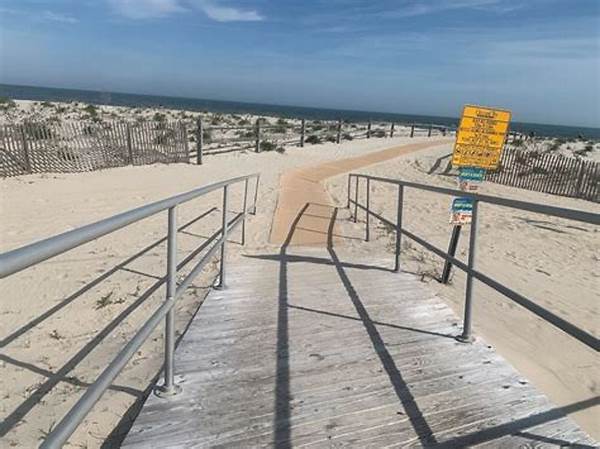Imagine walking onto a pristine beach, the sound of waves crashing softly in the background as gulls swoop and dive in the salty air. The sun gently warms your skin as you dig your toes into the sand. But wait, just as you relax, you notice a sign with “New Beach Rules” at the entrance. Intrigued? You should be! These aren’t just any rules; they’re the ultimate guide to maximize your coastal experience. So, grab your sunscreen and let’s dive into what’s changing and why you should be excited about these innovative approaches to beach management.
Read More : Photography Tips For Capturing Natural Landscapes
Beaches worldwide have long been a haven for relaxation and enjoyment. Yet, the growing popularity has brought its set of challenges. From environmental concerns to safety issues, a fresh take on beach etiquette can ensure these natural treasures remain inviting for everyone. With the introduction of new beach rules, authorities aim to preserve the beauty and tranquility of beaches while promoting a safe and enjoyable environment for all visitors.
Why New Beach Rules Matter
Beach rules may sound mundane at first, but their significance grows clearer once you understand their impact. New beach rules aren’t just about dos and don’ts; they’re about preserving the magic of our sandy retreats. Studies have shown that beaches with well-implemented regulations see improved sustainability, greater visitor satisfaction, and a lower incidence of accidents.
Environmental Preservation
The primary motivator behind many new beach rules is the environment. According to recent research, over 8 million metric tons of plastic end up in our oceans annually. Thanks to new initiatives, restrictions on single-use plastics are becoming widespread. For instance, these rules often include strict regulations on littering and the use of eco-friendly products. It’s a small adjustment that can have a big environmental impact.
Enhancing Visitor Experience
Beyond protecting nature, new beach rules aim to enrich the visitor experience. Think of designated quiet zones where visitors can relax without the interruption of loud music or crowds. According to a survey conducted by the Seaside Institute, 82% of respondents favored new rules that encourage a more relaxed and peaceful beach experience.
Understanding the New Guidelines
The goal of new beach rules is to offer clarity and convenience. Here are some of the common elements being implemented on beaches across the globe:
Safety Measures
Wildlife Protection
Waste Management
Limiting Overcrowding
Common Examples of New Beach Rules
Let’s break down some examples and intentions behind implementing these new guidelines:
These rules, while straightforward, serve critical functions in maintaining the delicate balance needed for sustainable beach enjoyment.
Read More : Natural Tourism And Its Cultural Impact On Rural Areas
Implementing and Adapting to New Beach Rules
So how can you personally contribute and ensure these new beach rules are a success? It’s all about embracing change and recognizing the collective benefit.
Closing Thoughts and Looking Ahead
The introduction of new beach rules marks a critical step toward a more sustainable and enjoyable seaside adventure for all. As we adapt, we’re not only contributing to the longevity of these natural wonders but also ensuring a better quality of life for everyone who visits them.
The Future of Beach Management
Looking forward, technology might even play a role in shaping how we interact with our beaches. Imagine apps that provide real-time updates on beach conditions or virtual reality tours that educate users on sustainable practices.
The Emotional Connection
Ultimately, these new beach rules are more than regulations; they represent our collective responsibility to cherish and protect the environment. The next time you feel the sand between your toes, remember that the efforts we make today will preserve the beaches for generations to come.
These new beach rules aren’t just a set of guidelines; they are an invitation—to reflect, to act, and to enjoy the splendor of our coastal environments responsibly. Whether you’re a seasoned local or a curious traveler, the call to action is clear: don’t just visit the beach—be a part of its conservation story.


